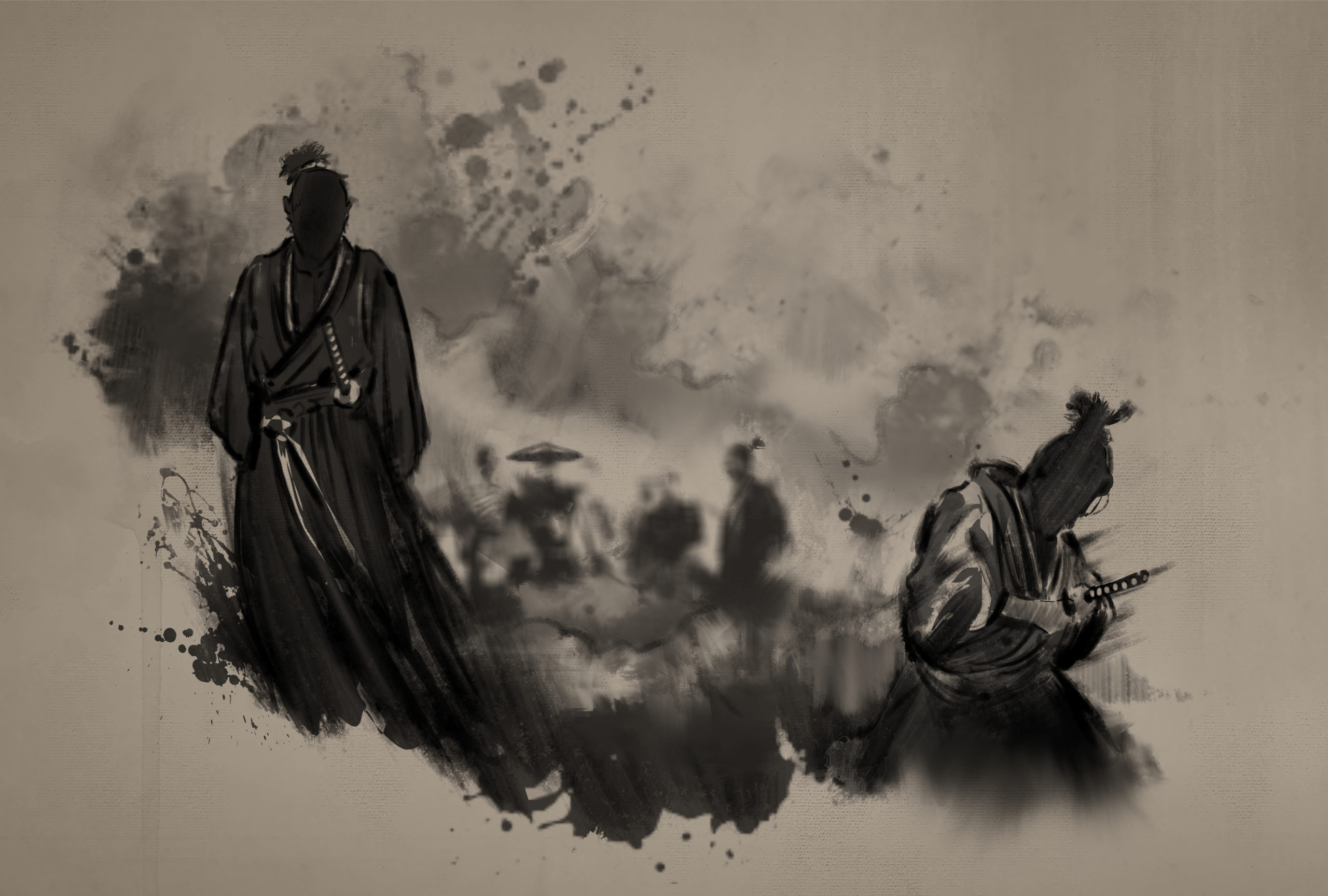
In Tale of Ronin, players will go back in time to the Edo period of feudal Japan and take on the role of a ronin. These warriors are samurai who lost their masters and did not take their own lives afterward. They are now forced to navigate a complex and treacherous world without a lord to protect them.
One major focus in this game is the concept of shame. In traditional Japanese society, shame was a powerful force that governed the behavior of samurai. It also played a critical role in the lives of ronin who, without a lord to serve single-mindedly, had to rely on their own sense of honor to survive. In Tale of Ronin, the player’s “shame” resource will be affected by the choices and actions they make in the game world. Every decision the player makes, from the tasks they undertake to the way they interact with other characters, will have an impact on the ronin’s shame level.
Although this concept of shame is similar to the western concept of guilt, there are some key differences. For one, shame comes more from how you’re perceived while guilt comes more from what you do–or don’t do, as the case may be. Guilt also tends to be more personal while shame tends to be linked to your role or community. Finally, guilt tends to stem from a specific objective cause, but shame often makes you feel worthless in general. This makes it much harder to overcome or atone for. It could be argued that shame is much more dangerous than guilt.
As the player progresses through the game, they will encounter a variety of challenging situations that will test their ronin’s honor and integrity. They may be asked to engage in menial tasks to earn a living, but doing so could increase their ronin’s shame level to dangerous heights. On the other hand, they may be faced with a moral dilemma that could also cause an increase in shame if they make the wrong choice. If the shame level increases to a certain threshold, the ronin will commit seppuku, or ritual suicide, marking the end of the playthrough.
The game’s story is shaped by player choice. And the way the player handles the shame resource will add a tense and interesting dynamic to the gameplay.
Tale of Ronin offers a gaming experience that immerses players in the cultural and societal complexities of medieval Japan. It encourages players to think critically about their actions and consider the consequences that they might have on their ronin’s stained honor. Simple choices may have vast consequences on the story as a whole.